Best Smartphone for Video Recording & Filmmaking 2021
In this article, I’m going to look at the best smartphones for shooting video going into 2021.
Smartphones are becoming more and more powerful filmmaking tools. The cameras in these devices, especially the flagship phones, are really challenging dedicated cameras, like a DSLR.
Like every video camera, smartphones have their advantages and disadvantages. Two mighty brands in particular have been fighting to produce the best video shooting experience in a smartphone.
Of course, I’m talking about Apple’s iPhone 12 range and Samsung with their S20 and Note20 phones. Which one is looking like the best bet for 2021?
Let’s find out…
Oh but wait. Before we start talking about devices, I need to mention how smartphones are different to regular cameras – and that’s the increasingly powerful software being developed, such as Dolby Vision, HDR10+ and all kinds of stuff which is now working away in your smartphone to boost the look of your videos.
You see, there’s a bit of confusing conflict that’s been brewing for a while. Most of this software is developed to be implemented using the native app of the phone in auto mode. But many smartphone filmmakers love to use apps like FiLMiC Pro, Moment, ProTake, McPro24fps and so on.
There’s all kinds of pros and cons to using manual control or auto mode. And, as someone who makes a living shooting smartphone video, whereas I used to just boot up FiLMiC Pro almost without thinking, I now find myself switching between auto and manual control, depending on what I want from the shot.
And things like software tone remapping can sometimes conflict with your manual control app. Problems like flickering skies or a camera which refuses to retain the exposure settings you just set, start to ruin your shot.
So, that’s something really important you need to think about before going ahead and choosing a device. Especially if you are hoping to use manual control.
Anyway, let’s take a look at the best smartphone for shooting video for 2021!
1. the iPhone 12 range
Once again, Apple has been changing the landscape of filmmaking this year, but not only with their iPhone range. Since they dropped Intel chips from their laptop and desktop computers, they’ve opened up an exciting new era where their smartphones and computers will operate under the same system.
The new MacBooks and Mac Minis are lightning fast. But it’s more affordable speed than before. Only this year I was very close to spending almost £4000 on a fully specced out MacBook Pro. Luckily, I heard the rumours of the change coming and opted for a £1000 iPad Pro instead.
By comparison the launch of the new iPhone 12 range created less of a buzz, despite the popular retro look of the phones, which is much loved by iPhone fans. The general feeling is the devices themselves haven’t made any great leaps from the iPhone 11. More of a few tweaks here and there.
iPhone 12 Dolby Vision
The one big change to come for filmmakers is the inclusion of Dolby Vision in the iPhone 12 range. Dolby Vision is a system designed to shoot, master and deliver 10bit HDR – or High Dynamic Range – video.
Why does this matter? In the past, smartphones (like many other non-professional DSLRs and mirrorless cameras) have captured video in an 8bit h.264 or h.265 codec.
This is heavily compressed to reduce file sizes and enable them to be streamed or shared. But it also means discarding a lot of information from the video, which reduces dynamic range and makes it harder to colour grade. This kind of video falls apart if you try to push it too much with colour grading software.
Bear in mind anything shot in Dolby Vision will only contain the extra HDR quality when viewed via a system which supports it. For example, if you upload your Dolby Vision video to Twitter, YouTube, Facebook and so on Dolby Vision (as far as I know) is not supported. Therefore, what you get will be the standard definition version of the video.
Now, because Dolby Vision requires a license to use… and, well, it’s complicated. Regardless of whether you have a Dolby Vision display or not, the iPhone 12 range of devices can use that extra information for colour work later. Which, for filmmakers who want those colour grading options, is a big plus.
iPhone 12 Pro Max
The good news for iPhone filmmakers comes with the top of the range 12 Pro Max. This device is very big and comes with a 6.7 inch display. There’s a 2.5x telephoto lens, although that’s only half the power of the top range Samsungs with their 5x telephotos.
The Pro Max also comes with a larger sensor than the rest of the iPhone 12 range, which gives it a better low light performance.
Now the iPhone 12 range and specifically the iPhone 12 Pro Max produce top of the range video, as you would expect. 4K resolution up to 60fps. There’s also support for 120fps and 240fps at 1080p resolution.
But there are some issues, so let’s mention the minus points:
1. Annoying lens flare
Sometimes we want lens flares, but users have started to complain about the recent iPhones and the way they produce nasty-looking reflections, when light hits the lens at certain angles. Being kind we can call them lens flares, but this problem does not seem to have been fixed and may even be worse in the iPhone 12 range.
Note, you also get these flares in other devices. But usually it’s just a small dot. But in the iPhone it seems to be much more prominent.
2. No manual mode
If you are going to label something pro, then a minimum for professional filmmaking is manual control. For shutter speed, ISO, white balance and so on. But Apple’s iPhones still don’t carry their own native manual control with their devices.
So we can install one of the many 3rd party apps, light FiLMiC Pro, MAVIS, ProTake and so on… right? Only problem is, all this software wizardry like tonal remapping sometimes conflicts with these apps and you get flickering skies and auto exposure overriding your settings.
Those 2 gripes aside, iPhones still produce amazing quality video.
 2. Samsung 20 Range
2. Samsung 20 Range
Samsung brought out their 20 range of devices – the S20, S20 Pro, Pro Ultra and Note20 and Note20 Ultra – in 2 stages in 2020. S20 range in February and the Note20 in August.
The talk is that Samsung will launch the Galaxy S21 range on January 14, next year.
The quality of video produced by Samsung devices is basically equal to the iPhone. Samsung tends to add more saturation but otherwise there’s not much between them.
As you would expect, the higher up the Samsung range you go, the better the cameras and video shooting performance.
The top range iPhones, but all the Samsung S20 and Note 20 range include 1 front camera and 3 rear cameras: regular wide, ultra wide and telephoto. The Note20 models have the 5x telephoto.
One difference between iPhone and Samsung Ultra models is the ability to shoot 8K. As most of us can’t view 8K (let alone see the difference) this probably isn’t much use to us video-shooters. I certainly wouldn’t buy a S20 Ultra just for the 8K video.
Another difference is Samsung’s Pro Video mode. This is a native camera function which allows you to set and lock shutter speed, ISO, focus and so on.
Instead of Dolby Vision, Samsung devices come with the HDR10+ system. And while Apple is only just introducing this, Samsung have included this in their devices for some time. In terms of smartphone video quality, there’s little difference between the 2 HDR systems.
While iPhones can shoot slow motion at a max of 240fps, Samsung’s latest devices have the super slow mo 960fps option. Although this feature is limited to 720p (which is still high definition).
And now the minus points:
1. No lens options in pro video mode
For some reason Samsung only allows you to access the main camera in Pro Video Mode. There’s no access to the selfie camera, ultra wide or the telephoto.
The best thing would be if Samsung allowed Pro Video mode to access each lens so you can decide for yourself. Even 3rd party apps like FiLMiC Pro cannot access the telephoto.
That gripe aside, I really can’t fault the new Samsung range. The main larger sensor of the Note20 Ultra even gives you a little extra shallow depth of field. The quality of the footage is stunning.
3. Sony Xperia 1 & 5 II
Which smartphone maker is doing the most for filmmakers? Is it Apple or Samsung? The answer is… Sony.
Unlike Apple and Samsung, Sony makes professional level cinema cameras, so it’s not surprising they introduced the first smartphone range with a serious native manual control app – the Xperia 1 and Xperia 5.
That app is the Cinema Pro app. These phones and the app are developed alongside Sony’s professional cameras. Sony have now released the new version of these phones: Xperia 1 mark II and Xperia 5 mark II.
The Xperia 5 version (mark 1 and 2) is virtually the same as the Xperia 1, just smaller. Both versions have the same front and rear cameras. For rear cameras there’s the, now standard, wide, ultra wide and telephoto. This triple camera array integrates tech from both Sony Alpha and Zeiss optics.
The Xperias have a x3 telephoto with a 12MP sensor. In fact, like Apple, Sony have stuck with the 12MP sensor for all their cameras. However, these sensors are slightly different in terms of pixel size. And bigger pixels means better low light performance.
But the big difference is that their native Cinema Pro app allows you access to these lenses. Therefore, you can happily choose which lens you want to use. You know, like a professional. As you would expect from something labelled “pro”.
So the Cinema Pro app has been updated for the new release. There’s now support for 25fps, Touch AF, Custom White Balance, Metered Manual and some UI improvements. There’s also 2K 10bit HDR 120fps and 4K 10bit HDR 60fps said to be on it’s way via an Android update.
Both old and new versions of the Xperia allow 10-bit colour depth, which has only just arrived for the iPhone.
Now for the down sides:
1. Some missing features in the Cinema Pro app compared to apps like FiLMiC Pro and McPro24fps. For example, no scopes or histograms. But hopefully this is something Sony will bring in in the future.
I would say the Xperias produce video which has its own look, which is rather more muted than other devices. The colour is not “out of the box” so vibrant. These softer, more natural tones don’t hit you in the face, but are perhaps easier on the eye over longer watching times.
So that’s the Xperia 1 & 5 mark 2. But Sony recently announced a smartphone designed specifically for pro filmmakers. The Sony Xperia Pro seems to be mainly aimed at live broadcast, with a dedicated HDMI port allowing you to connect to your main camera and set up a fast, reliable stream.
4. LG V60 ThinQ
LG phones have included a dedicated Pro Mode video app for manual control since the V10, released back in 2015.
But the LG V range has a reputation of being great phones for shooting video, at a lower price than their better known competitors. However, the most recent LG V60 ThinQ is still selling for around $700 or more. And this is for a device released in march 2020.
Like the top Samsung phones, the LG V60 can shoot up to 8K. Nobody can view it, but you can shoot it. This device also lacks the telephoto lens, carrying only a wide and ultra wide option for rear cameras.
The manual mode for video in the LG V60 ThinQ includes all the controls you would expect. Focus, ISO, shutter speed, white balance and so on. You can even set bitrate, which many filmmakers will tell you is almost more important than your resolution setting.
The LG V60 ThinQ also allows you to shoot in HDR10+, like the Samsung range. In fact, you could say the output and functioning of the LG V60 ThinQ is very similar to the Samsung phones, but without the telephoto option. A lot of the menus and icons are identical.
But one nice touch is the simplification of the frames per second setting. Rather than having things under timelapse and slow motion menu, all the options are in one list. So you can choose from 1fps for time lapse, up to 240fps for slow motion.
Bargain Budget Shooter
Most of the devices so far are over $700. More like $1000 or more for the top range phones. But what about cheaper devices?
For our bargain budget video shooter, check out the XIAOMI Redmi Note 9 Pro which is currently going for around $240-250. Be aware there’s different versions, the latest being the 5G model.
This phone comes with 4 rear cameras, although one of those is a depth sensor. The others are regular wide, ultra wide and a macro lens. Note these specs are slightly different depending on the version.
The Xiaomi Redmi Note 9 Pro captures videos up to 4K @ 30fps. But Xiaomi phones also come with a dedicated Pro Video mode, which includes focus, shutter speed, ISO and all the usual controls, plus a Log colour profile option. It can also shoot 960fps slow mo at 720p resolution, just like the top range Samsungs.
The quality of video is not quite up to the level of the $1000 or more flagship devices. But for $250, these perform amazingly well. The 5G version of the device even comes with a 108MP main sensor.
Smartphone Video – Beginner to Advanced
If you want to know more about smartphone filmmaking, my book Smartphone Videography – Beginners to Advanced is now available to download for members on Patreon. The book is 170 pages long and covers essential smartphone filmmaking topics:
Things like how to get the perfect exposure, when to use manual control, which codecs to use, HDR, how to use frame rates, lenses, shot types, stabilisation and much more. There’s also my Exploring the Film Look Guide as well as Smartphone Colour Grading.
Members can also access all 5 episodes of our smartphone shot Silent Eye series, with accompanying screenplays and making of podcasts. There’s other materials too and I will be adding more in the future.
If you want to join me there, follow this link.
Simon Horrocks
Simon Horrocks is a screenwriter & filmmaker. His debut feature THIRD CONTACT was shot on a consumer camcorder and premiered at the BFI IMAX in 2013. His shot-on-smartphones sci-fi series SILENT EYE featured on Amazon Prime. He now runs a popular Patreon page which offers online courses for beginners, customised tips and more: www.patreon.com/SilentEye


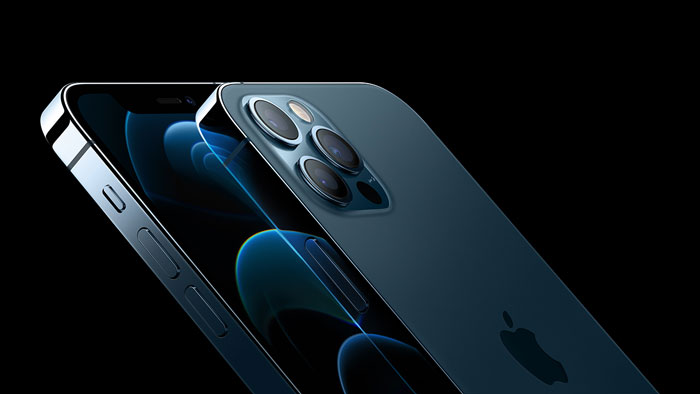

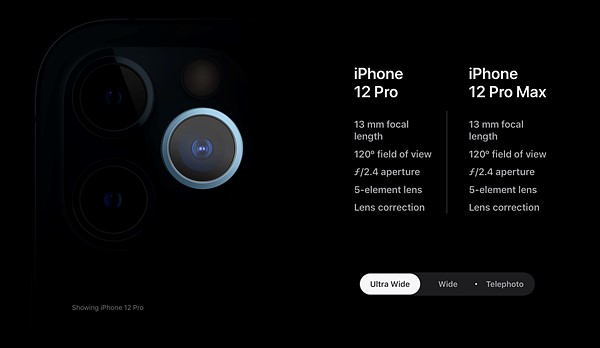
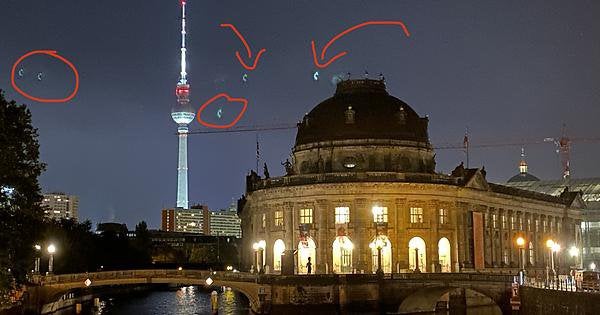
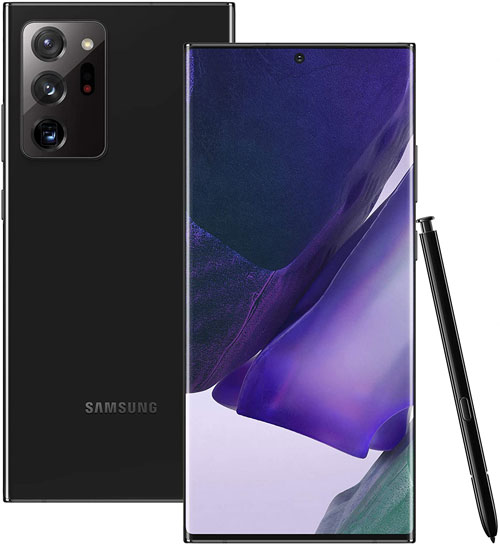 2. Samsung 20 Range
2. Samsung 20 Range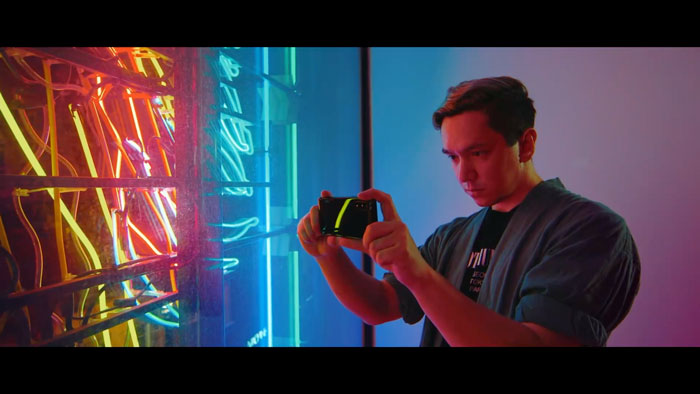

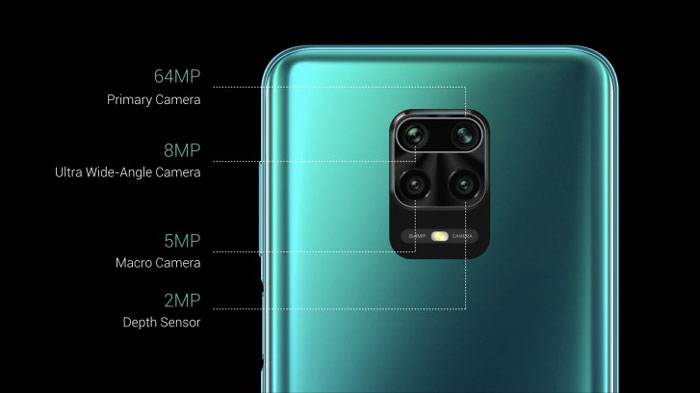

Hi Simon – How does the Xperia 1 compare to the Mark ii (purely for video)?
Also, I was surprised to see the Pixel range omitted from this list – how does it compare to Xperia?
I’m looking for a device to support YouTube video production at high quality, with some low light capability.
Huge thanks